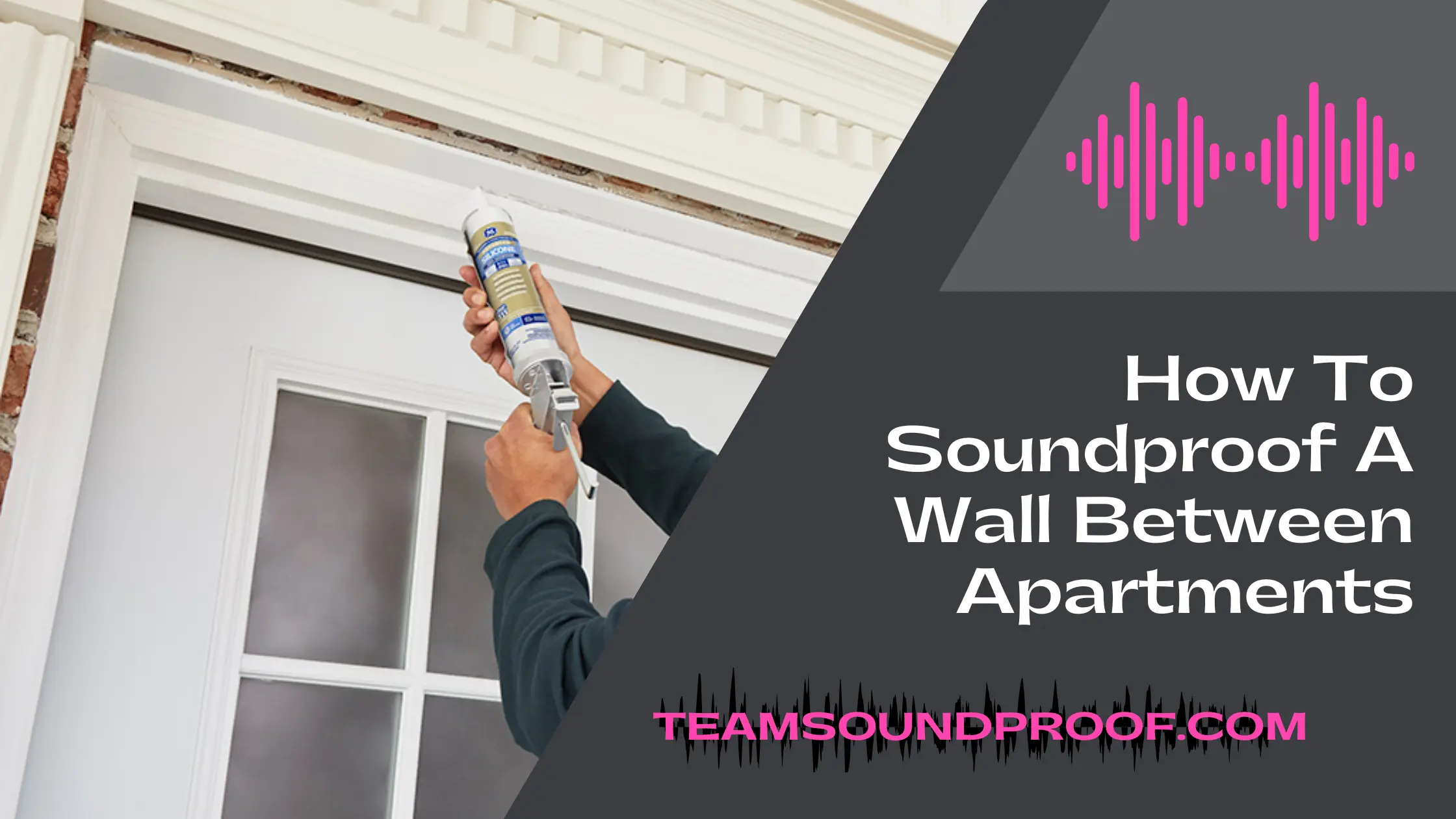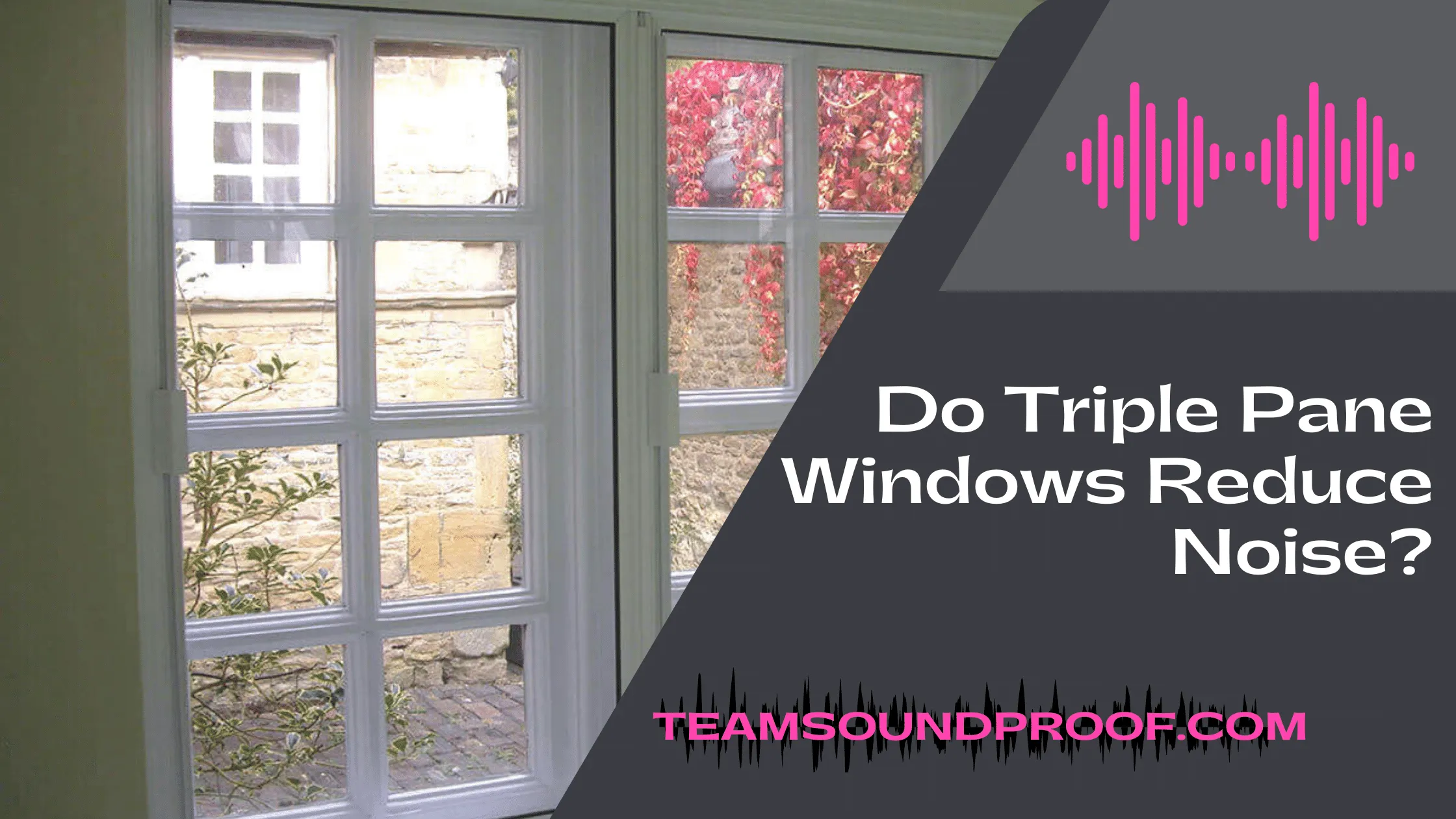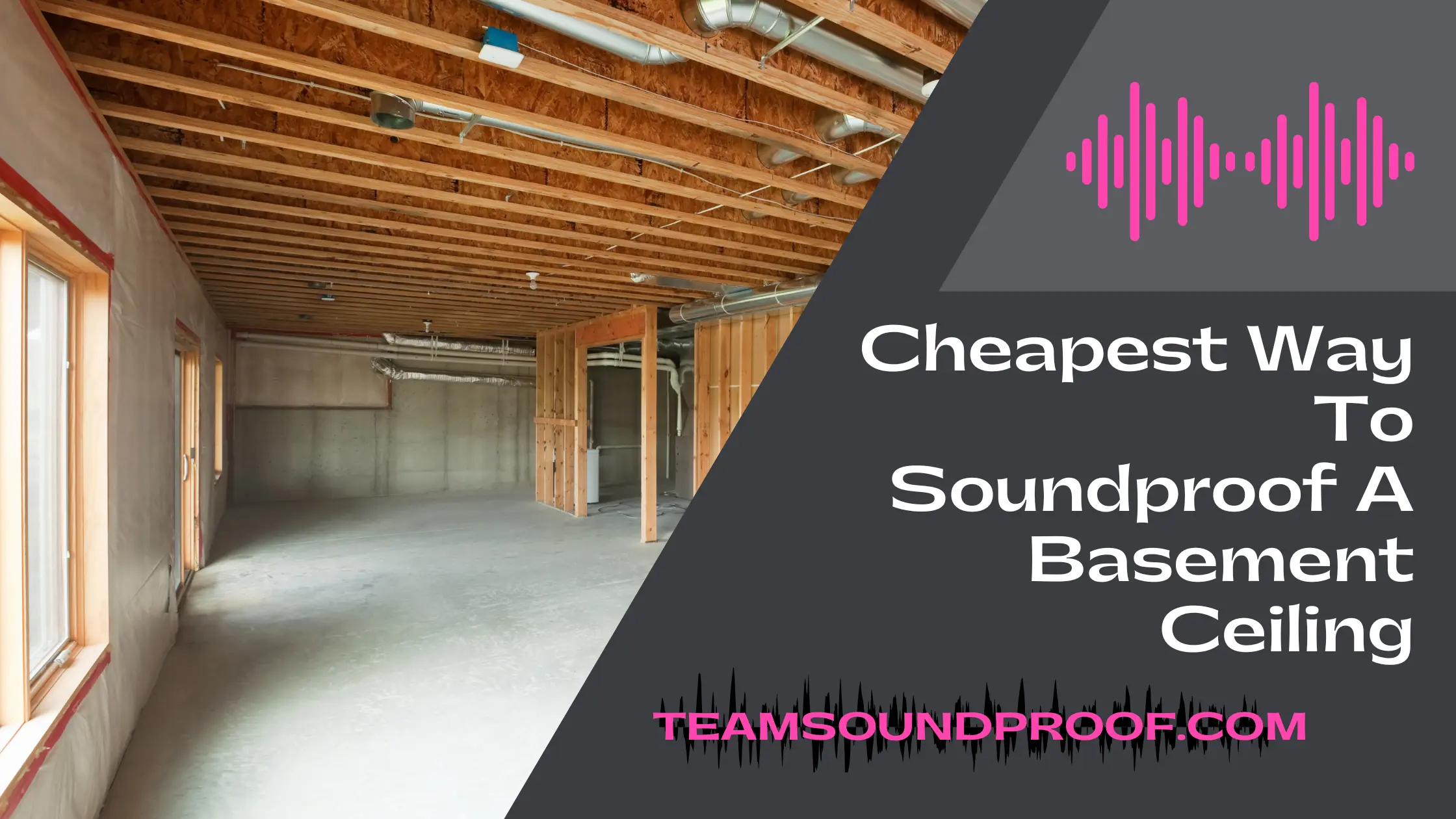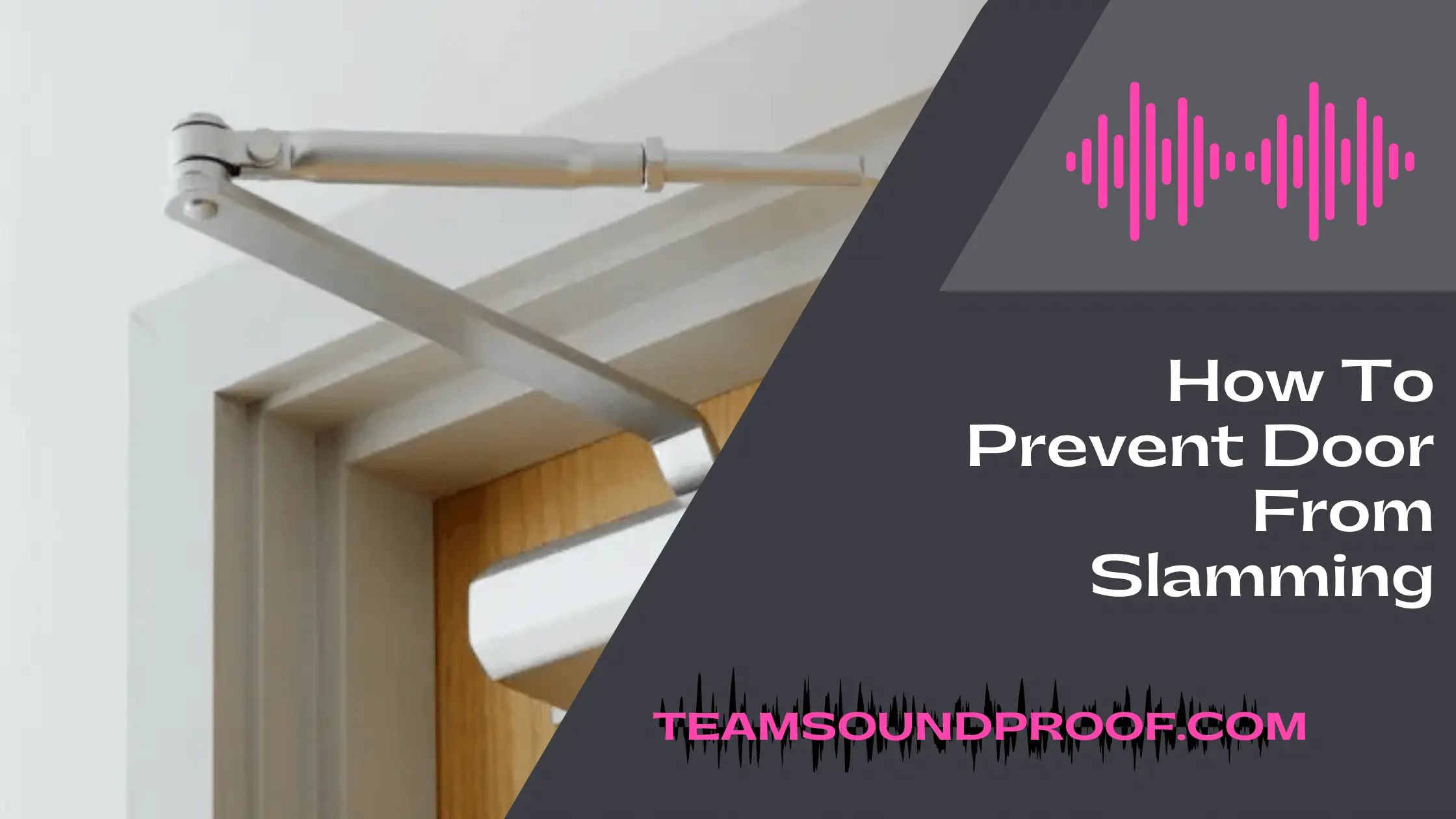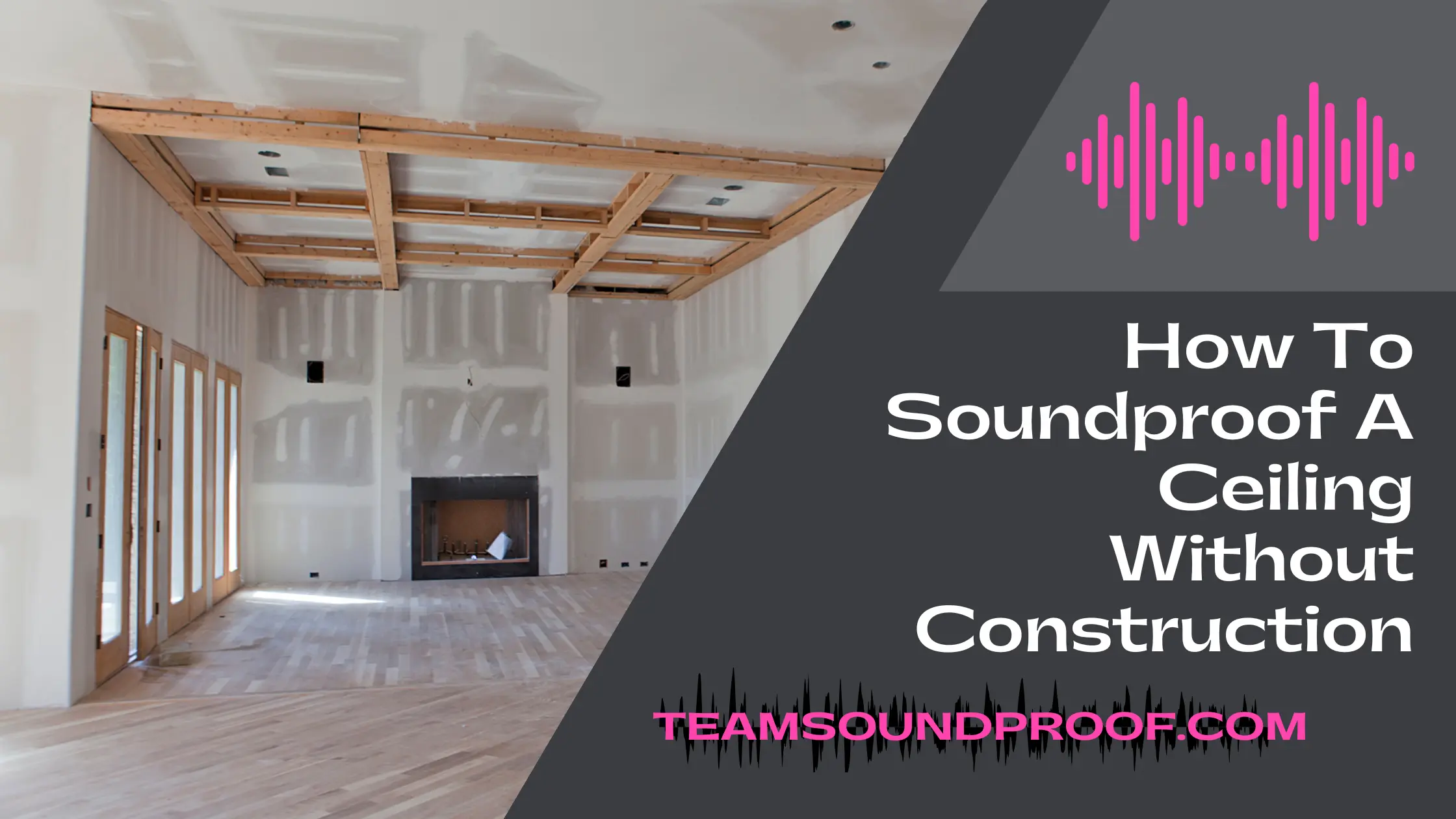When you’re ready to install a new floor, the first step is deciding on the type of flooring you want. Once you select your flooring, the next step is to choose the underlayment. Quiet Walk Underlayment is a great choice for many types of floors because it minimizes sound transmission and helps keep your home warm in the winter and cool in the summer. Here, we’ll show you how to install Quiet Walk Underlayment so that you can enjoy its benefits! We will also give you some tips to make sure your installation goes smoothly. Let’s get started!
What Are The Different Methods to Install Quiet Walk Underlayment?
There are many ways to install Quiet Walk underlayment:
Glue:
To install quiet walk underlayment with glue, start by marking the placement of the underlayment on the floor. Next, cut the underlayment to size and peel off the backing. Apply the glue to the back of the underlayment and press it onto the floor. Let it dry for 24 hours before moving on to the installation of your flooring.
Tape:
Before you can install Quiet Walk underlayment with tape, you’ll need to take up the old flooring and underlayment. Make sure the surface is clean and dry before installing the Quiet Walk. Cut the underlayment to size and then attach it to the floor with the tape. Once it’s installed, you can install your new flooring.
Stapling:
The best way to install Quiet Walk underlayment is with a staple gun. First, cut the underlayment to size using a sharp knife or scissors. Next, fold the underlayment in half and staple it to the subfloor. Make sure the staples are evenly spaced and that they are going through both pieces of the underlayment. Finally, tape the seams of the underlayment using duct tape or construction adhesive.
Nailing:
Installation of quiet walk underlayment is a simple process that can be completed in a few steps. First, remove the shoe molding and any nails or staples that are holding it in place. Next, score the back of the underlayment using a utility knife to create perforations.
Finally, nail QuietWalk to the subfloor using 6d ring-shank nails. Be sure to countersink the nails below the surface of the underlayment so they won’t be visible after installation.
Floating Floor:
You will need to clear the room of all furniture and objects before you can install quiet walk underlayment for a floating floor. Next, use a vacuum cleaner to clean the floor thoroughly. Then, measure and cut the quiet walk underlayment to fit the dimensions of your room. Be sure to leave a small expansion gap around the perimeter of the room.
Attach the underlayment to the floor using tape or staples. Finally, install your floating floor over top of the underlayment. Make sure that all seams in the flooring are properly sealed with adhesive tape or caulk.
Interlocking Tiles:
Begin the installation process of your quiet walk underlayment with interlocking tiles by first measuring the dimensions of your room and then cutting the Quiet Walk to fit that size. Next, peel the backing off of the Quiet Walk and press it firmly into place on the floor. Then, lay out one tile at a time and press it into place on top of the quiet walk. Finally, use a rubber mallet to tap down each tile until it’s securely in place.
Why is it Important to Install Quiet Walk Underlayment?
While there are many types of underlayment on the market, Quiet Walk is a high-quality product that can make a big difference in your flooring installation. Here are a few reasons why you should consider using quiet walk underlayment:
Noise Reduction:
The quiet walk is specifically designed to reduce noise from walking and other activities that occur on your floor. By using this product, you can create a more peaceful environment in your home without sacrificing comfort.
Thermal Insulation:
Underlayment is one of the most effective ways to improve the thermal insulation of your floors. Quiet Walk can help keep your home warm in the winter and cool in the summer, leading to significant savings on your energy bills.
Moisture Protection:
The quiet walk provides outstanding moisture protection, keeping your floors safe from water damage and mold growth. It helps keep your flooring looking its best for many years to come!
Easy Installation:
If you are considering installing Quiet Walk underlayment yourself, you will appreciate its easy installation process. You don’t need any special tools or experience to get the job done right.
Durability:
It is designed to stand up to high traffic and everyday wear and tear, giving you peace of mind knowing that your floors will remain in great shape for years to come.
Comfort:
The cushioning provided by Quiet Walk helps to reduce fatigue when standing and walking on your floors, giving you added comfort. It can also help to reduce the impact of sound from furniture, making your home quieter and more peaceful.
Cost-Effective:
Finally, Quiet Walk is very cost-effective, offering all of the benefits at an affordable price. You can enjoy long-term savings on energy bills and peace of mind that your floors are well protected without spending a fortune!
What Are The Tips For Buying Quiet Walk Underlayment?
When shopping for Quiet Walk Underlayment, there are several factors to consider.
- First, determine the size of the area you’re looking to cover and purchase enough material to accommodate that space.
- Additionally, be sure to read the instructions on the packaging carefully so you know what tools and materials are needed for installation.
- Finally, make sure to buy a Quiet Walk Underlayment that is specifically designed for the type of flooring you are installing.
Conclusion:
Installing Quiet Walk is a great way to improve the sound insulation in your home. It’s easy to install and can be done in just a few hours. Plus, it’s affordable and will make your home quieter and more comfortable. We hope this guide has helped you understand how to install it and get started on improving the sound quality in your home.
Frequently Asked Questions
Is it Easy to Install Quiet Walk Underlayment?
Yes, the quiet walk underlayment is easy to install! The lightweight roll-out design makes it a breeze for homeowners to lay down the product and easily cut it to size. It even comes with an adhesive strip on the underside so it will stay in place during installation.

